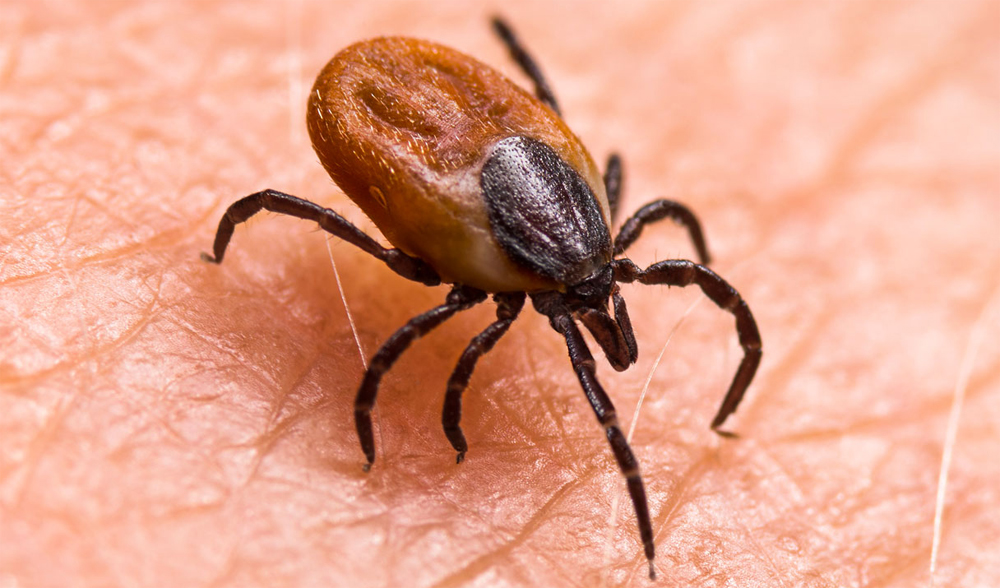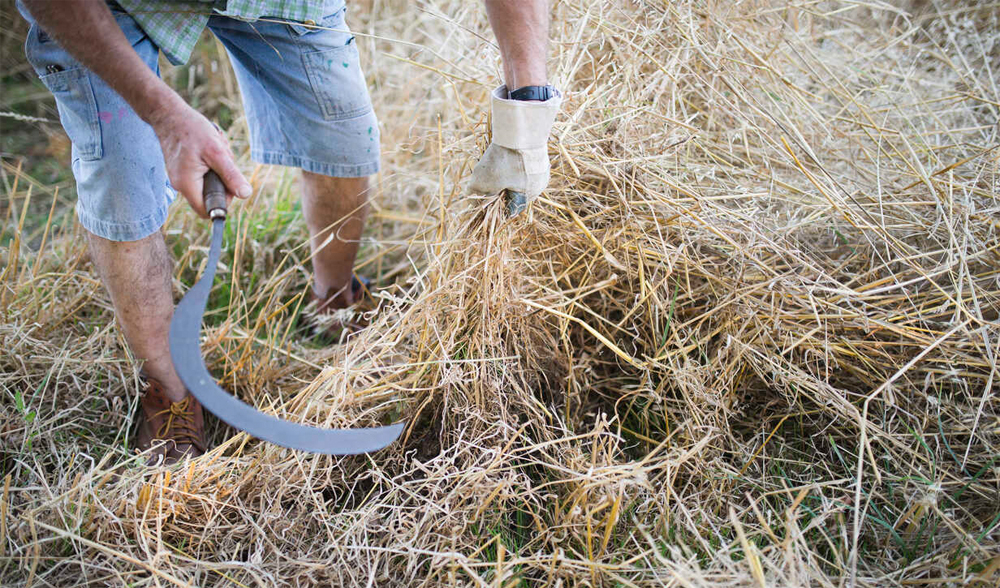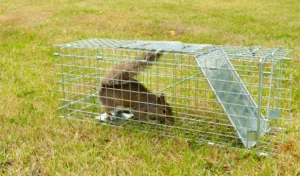Daily self-checks for ticks are important when working outdoors.
As the spring season comes, farmers release their cows to graze in the pastures and drive their tractors to the fields. However, this season also marks the increased activity of ticks, which can harbor disease-causing bacteria and viruses. They are also a major cause of Lyme disease. It is essential for farmers to remain vigilant of these tiny arachnids as they spend most of their time outdoors and are susceptible to tick bites. While farmers may prioritize protecting their pets and livestock from ticks, they must not forget to safeguard themselves as well, considering the inherent risks associated with their profession.

Here are some ways farmers might come into contact with ticks:
Livestock
Ticks, which are known to prefer larger hosts later in their life cycle, could have possibly chosen your livestock (such as cattle, horses, sheep, and goats) over public transportation. In fact, depending on the tick species and life stage, the host may even serve as a source of food for the tick. Keep in mind that working with pastured cattle could heighten your chances of being exposed to ticks.
Pets and Other Animals
Typically, farms have a few dogs and cats with varying degrees of friendliness towards humans. However, it’s important to note that the blacklegged tick, also known as the “deer tick,” can transmit diseases to both farm dogs and cats, as well as humans who come into contact with these animals.
Using Fences
Springtime is a great opportunity to inspect the fence for damages that might have happened during the winter months, before releasing our livestock to the pasture. While building, repairing or maintaining the fence, it’s a good chance to encounter ticks that reside in the brushy, wooded edges of the pasture and may be seeking a host by using their front legs to “quest” on vegetation. If you’re constructing a new fence, leaving some space between the fence and a wooded area is advisable, as it makes maintenance and mowing easier. Additionally, keeping the pasture clipped is a good management strategy that can help reduce tick habitat.
Field Investigation and Scouting
Sometimes it’s essential to step out of the tractor cab or walk to a field to assess the crops or conditions. However, if you find yourself near a field edge, fence line, ditch, or wetland with dense vegetation, remember that you’re in an area where ticks may be present. It’s crucial to keep this in mind as you inspect fields or take a break in a shaded spot to eat your lunch.
Maintenance of Farms
Maintaining the aesthetic of a farm requires considerable effort. In addition to landscaping and other farm upkeep tasks like wood cutting, one may have to navigate through leaf litter, dense shrubs, and the surrounding area of the barnyard. It’s important to exercise additional caution after performing such tasks as they increase the probability of encountering ticks.

What to Do to Keep Farmers from Ticks
If you are someone who spends time outdoors, whether as a farmer or for other reasons, there are certain precautions you can take to keep yourself safe. It’s important to know when ticks are most active, which is typically when the temperature reaches 40 degrees Fahrenheit or higher, although it’s wise to be vigilant at all times when working outdoors. When feasible, try to steer clear of areas that are known tick habitats. Ticks tend to favor tall, brushy vegetation that provides shade and cover. However, it’s not always possible to avoid their preferred environments, so here are some recommendations for farmers and others who work outdoors:
- Make sure to examine yourself for ticks if you are working in an area where ticks are commonly found.
- It is recommended to take a shower either at the end of the day or after coming indoors and inspect for ticks during this time. Ticks may seek refuge in areas such as the armpits, hairline and ears, waistband, groin area, and behind the knees.
- To prevent ticks from latching onto your body, consider tucking your pantlegs into your boots and wearing long sleeves. Opting for light-colored clothing can also make it easier to detect ticks. After outdoor activities, promptly place your clothes in a dryer on high heat for a minimum of 10 minutes, while checking for any laundry hazards like marking crayons in your pockets.
- One way to repel ticks is by using clothing products that contain 0.5% permethrin. The use of insecticides such as Bottle Hot Mist and Water Emulsion containing permethrin and cypermethrin can also be effective in killing and repelling ticks. Another option is to buy clothing that is already treated. Additionally, the Centers for Disease Control (CDC) suggests using products that contain DEET, IR3535, picaridin, or oil of lemon eucalyptus on your skin. For more information on ticks and tick-borne diseases, refer to the CDC’s resources or visit their page on preventing tick bites.
- To properly remove a tick, use tweezers to grab it as close to its mouth as possible, and gently pull it straight out. Avoid squeezing the tick’s body, as this may cause it to regurgitate its stomach contents into the wound. If you’re worried about the possibility of disease, you can place the tick in a plastic bag and freeze it for testing at a laboratory.



